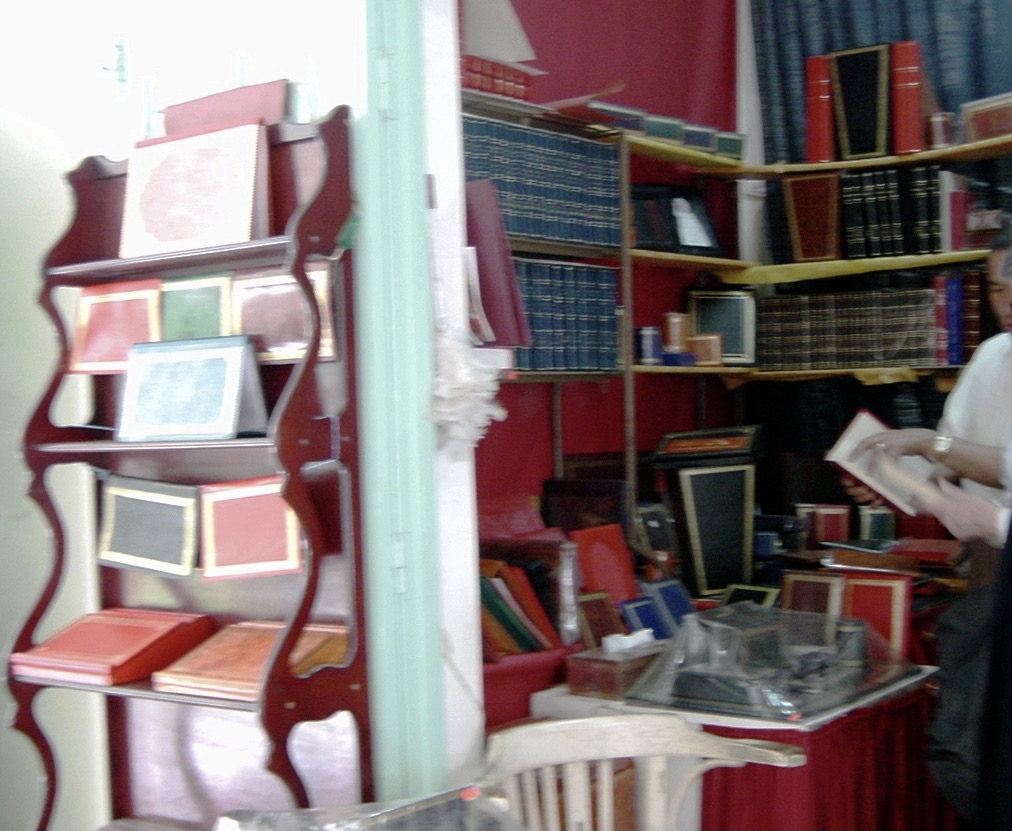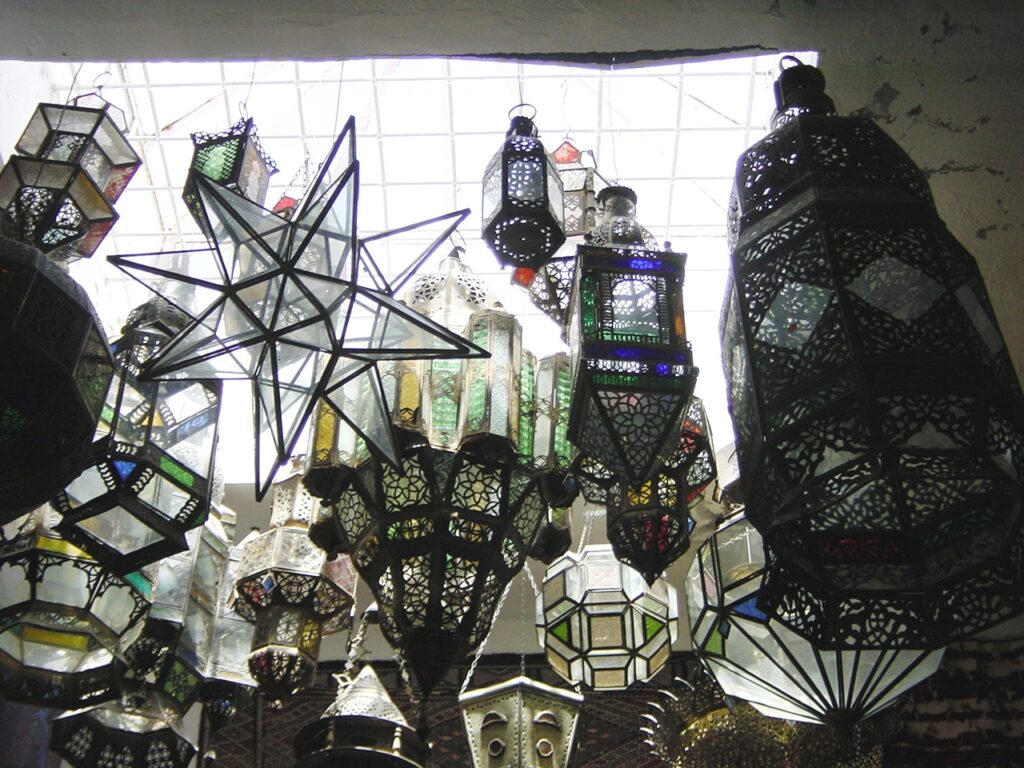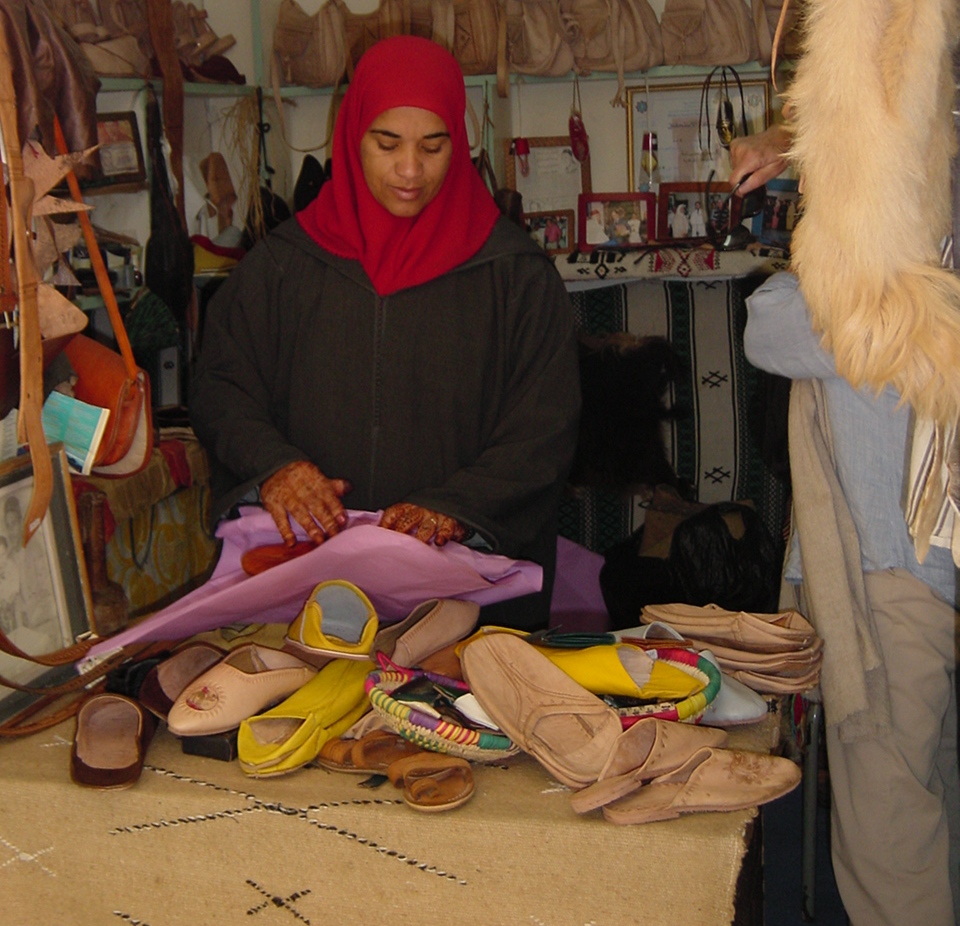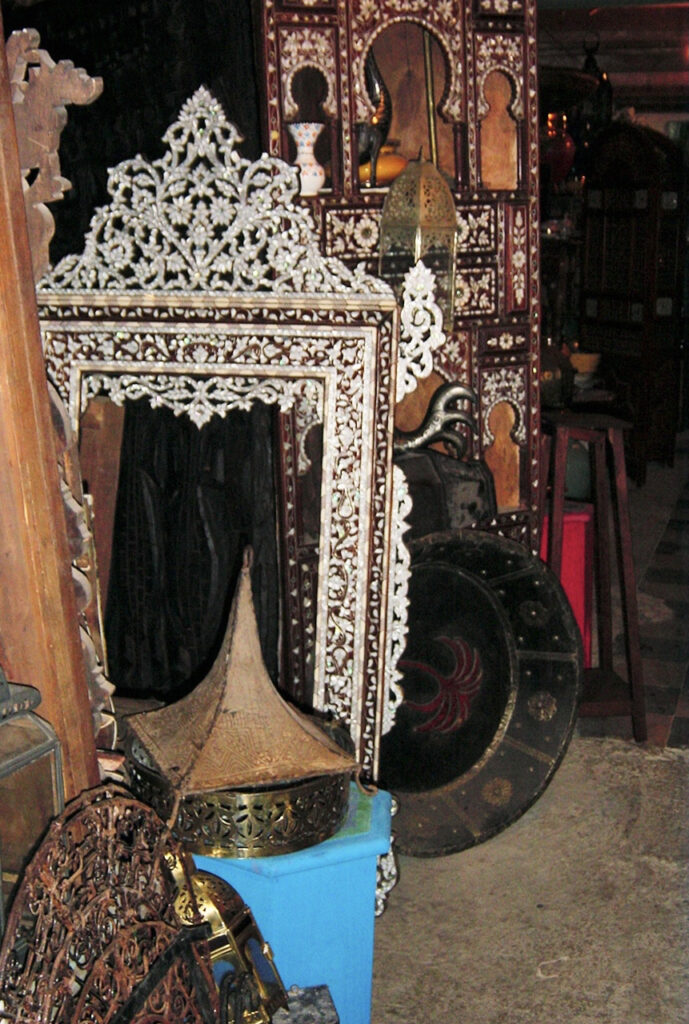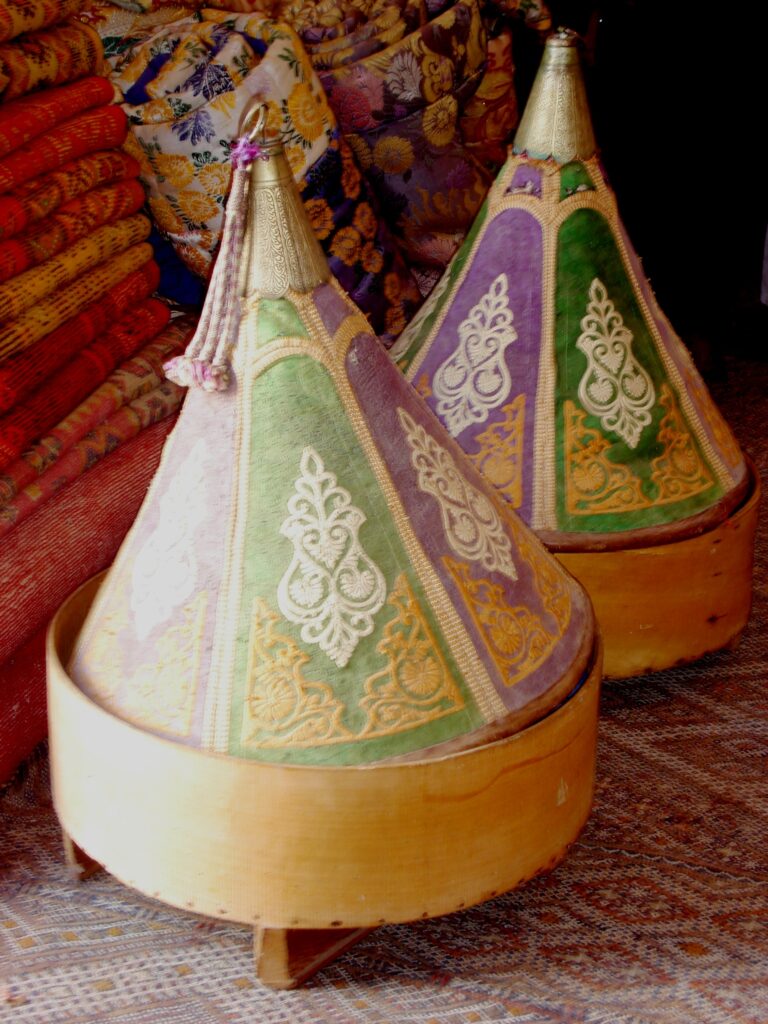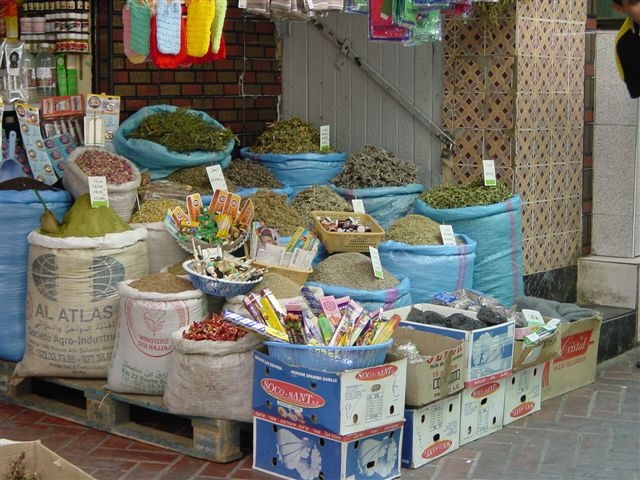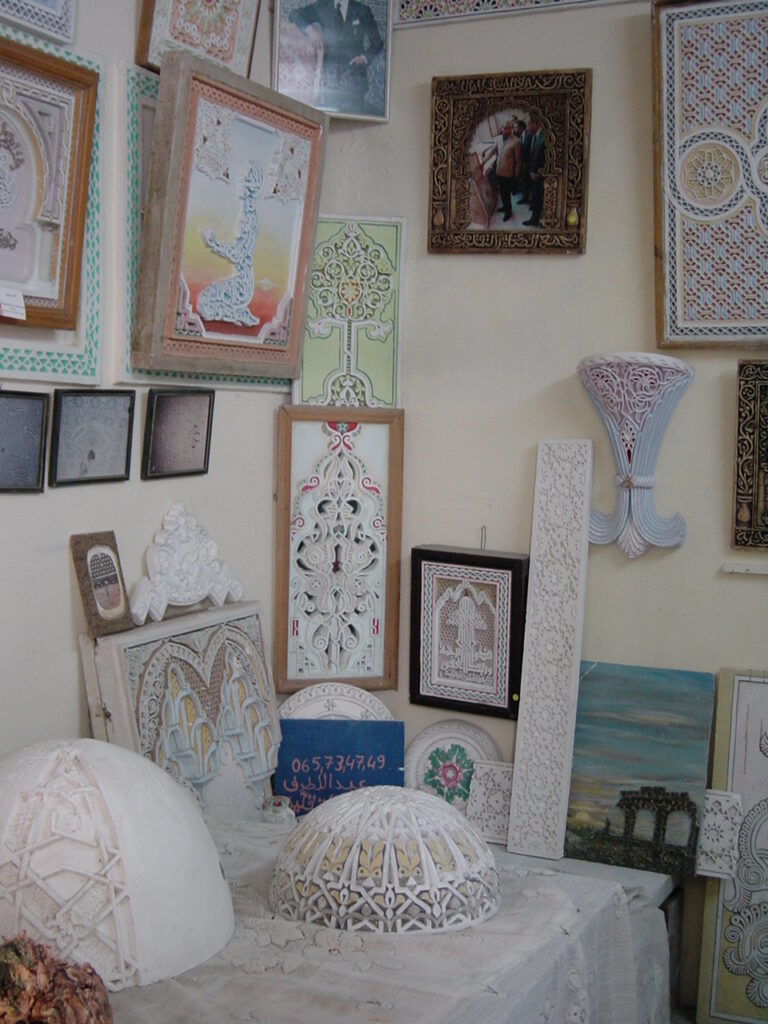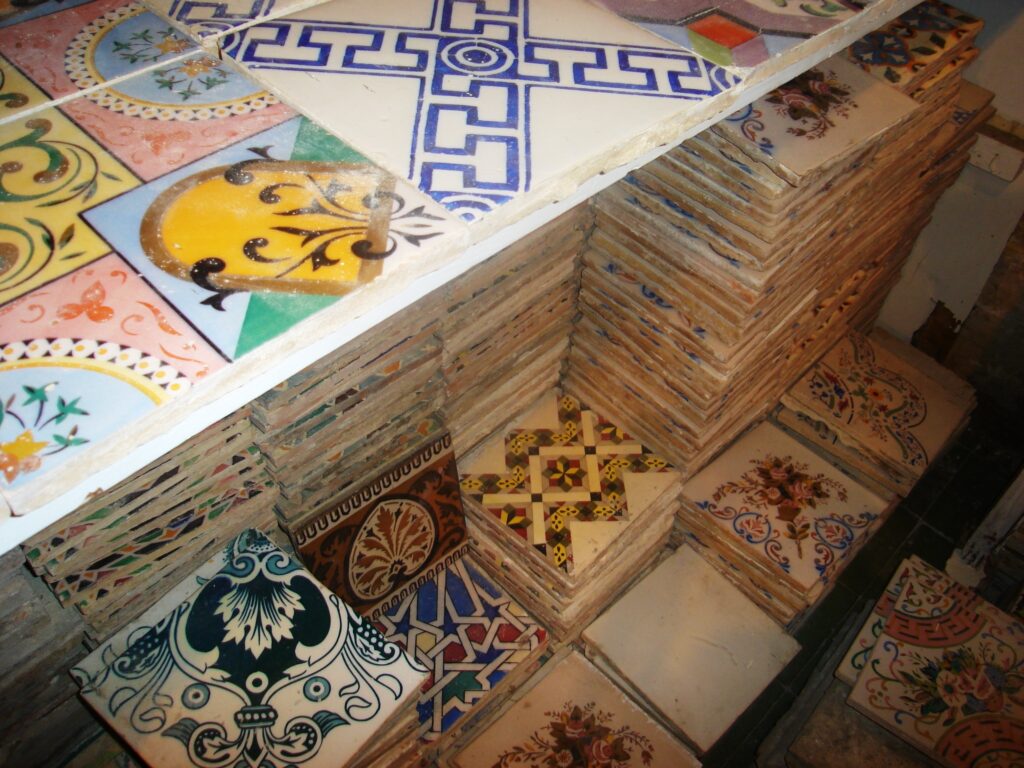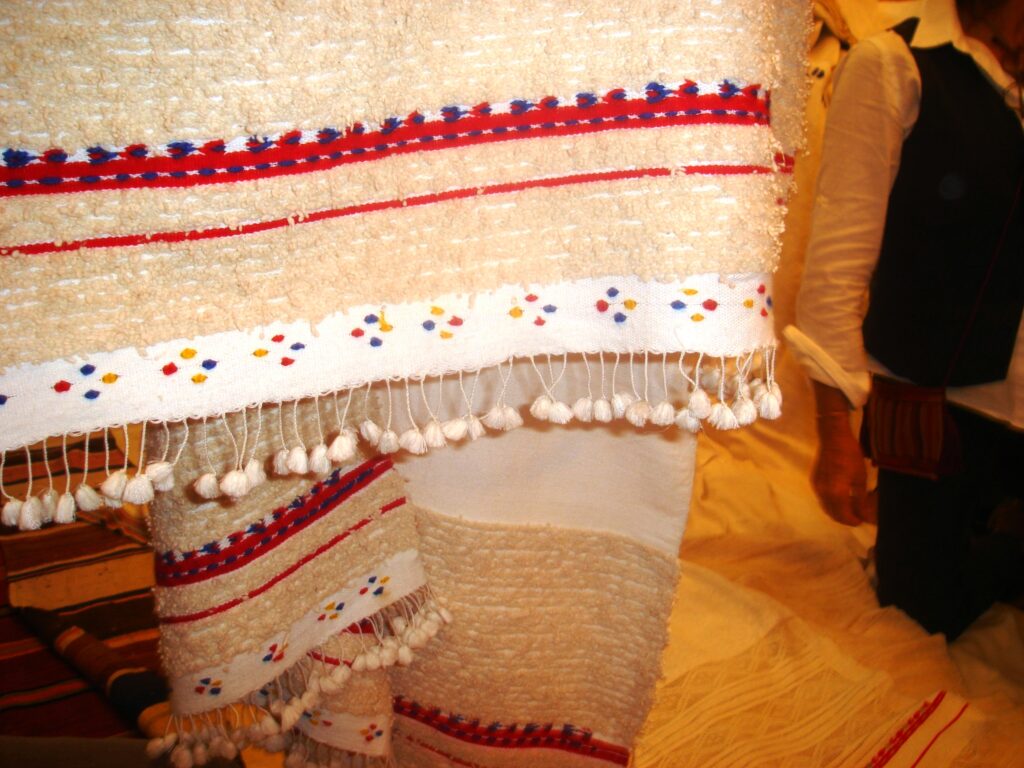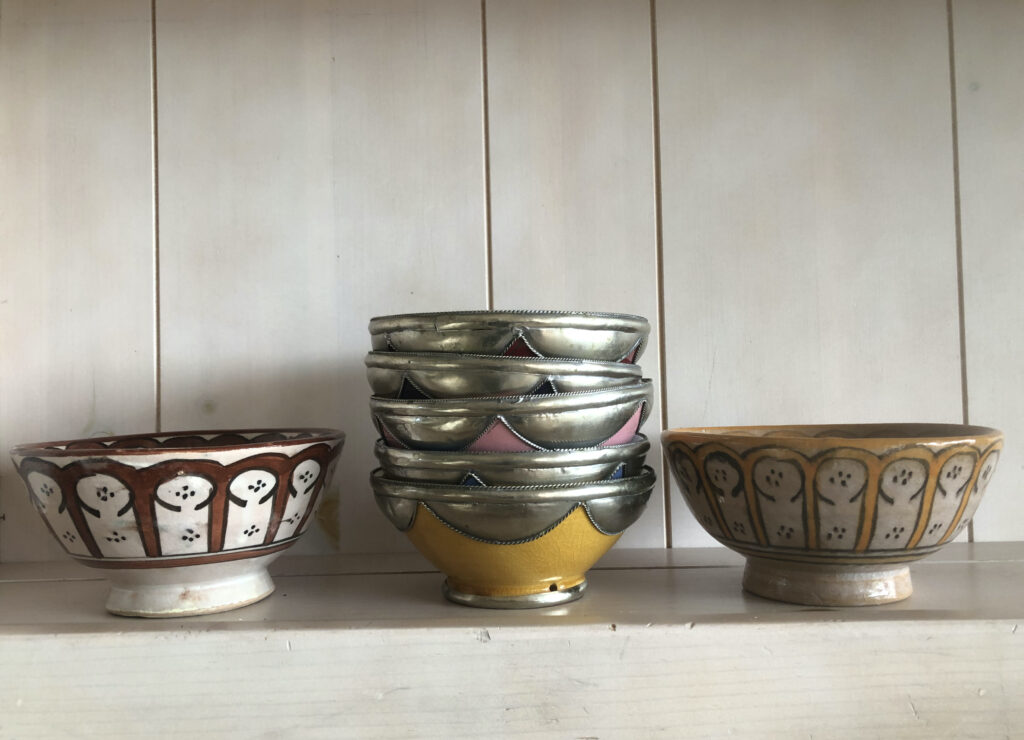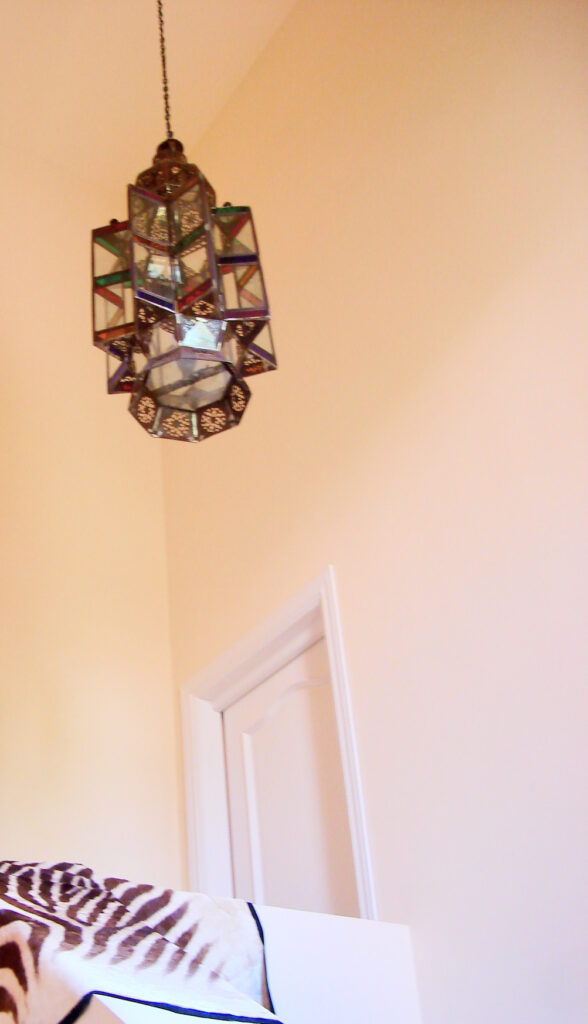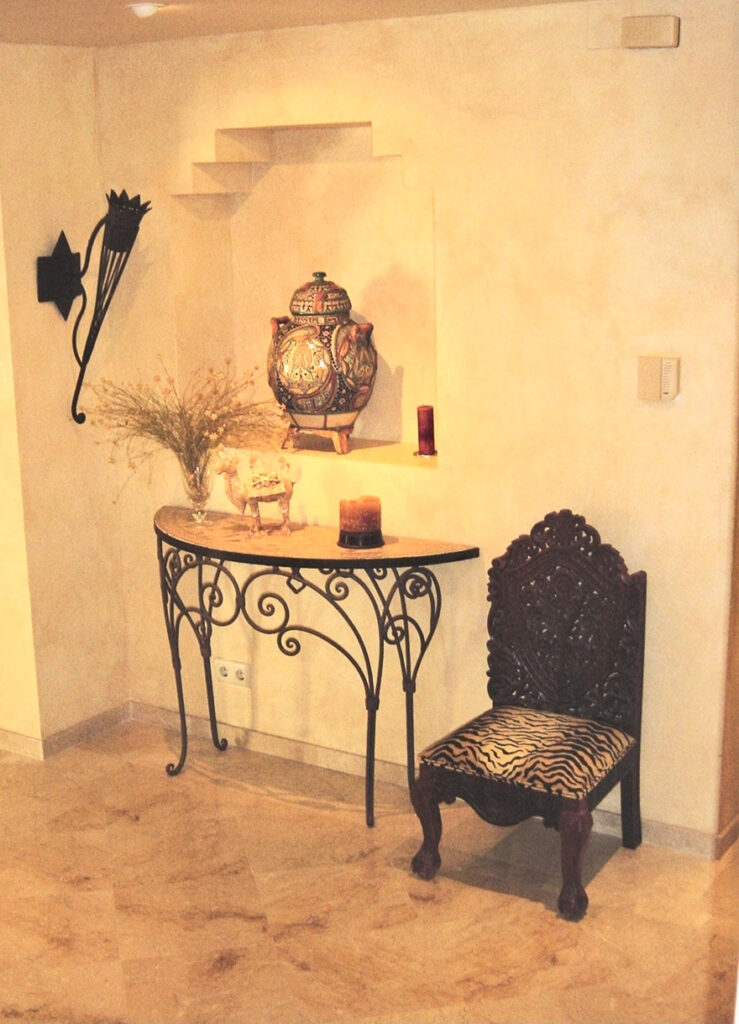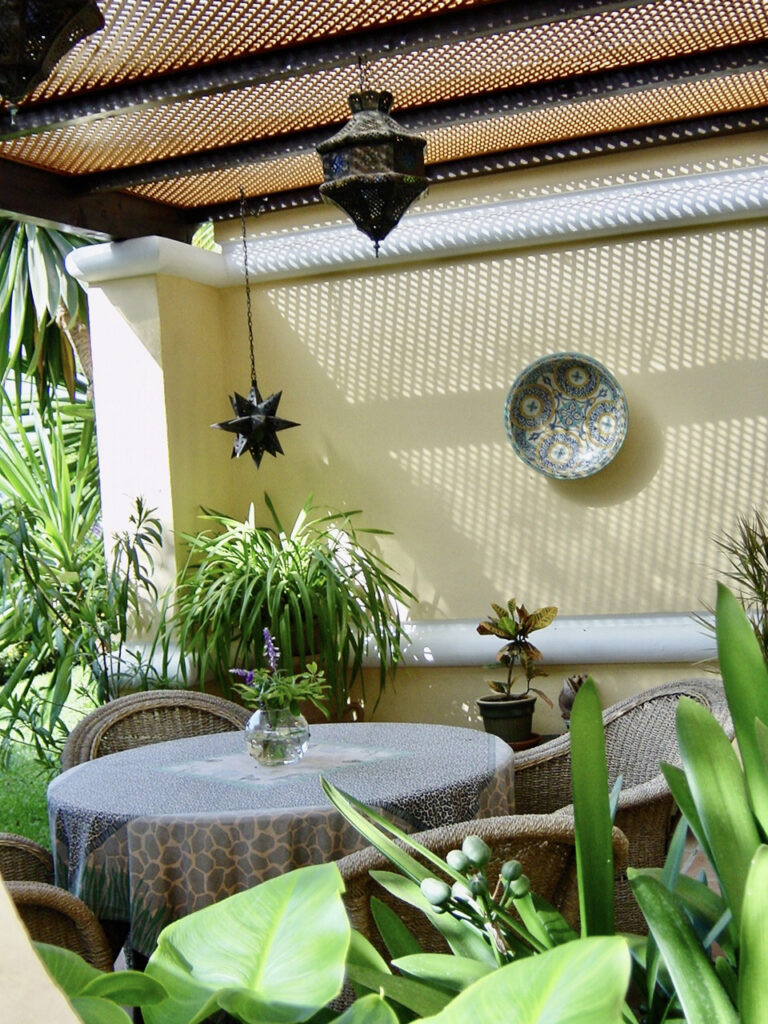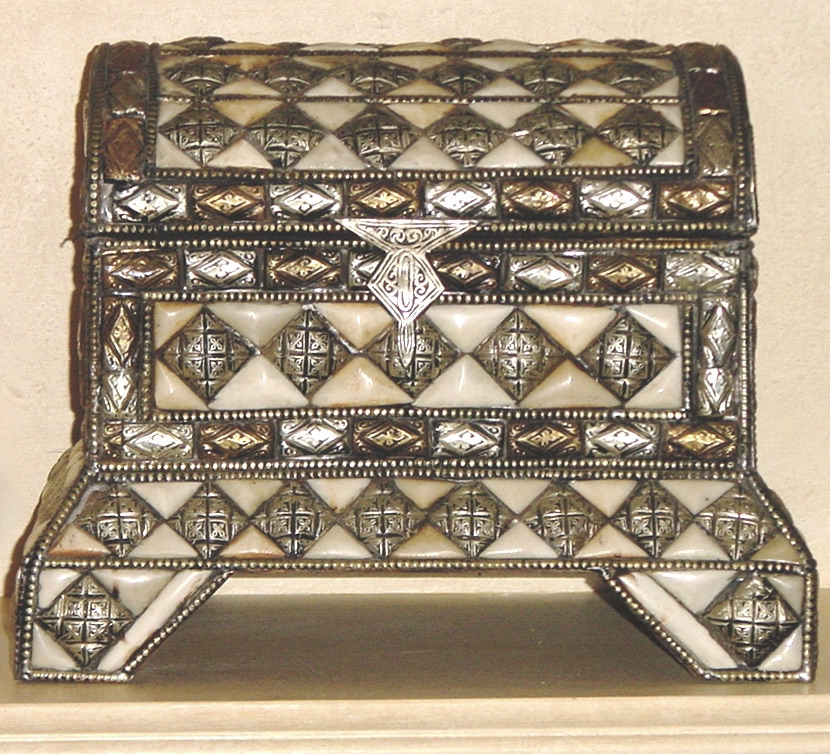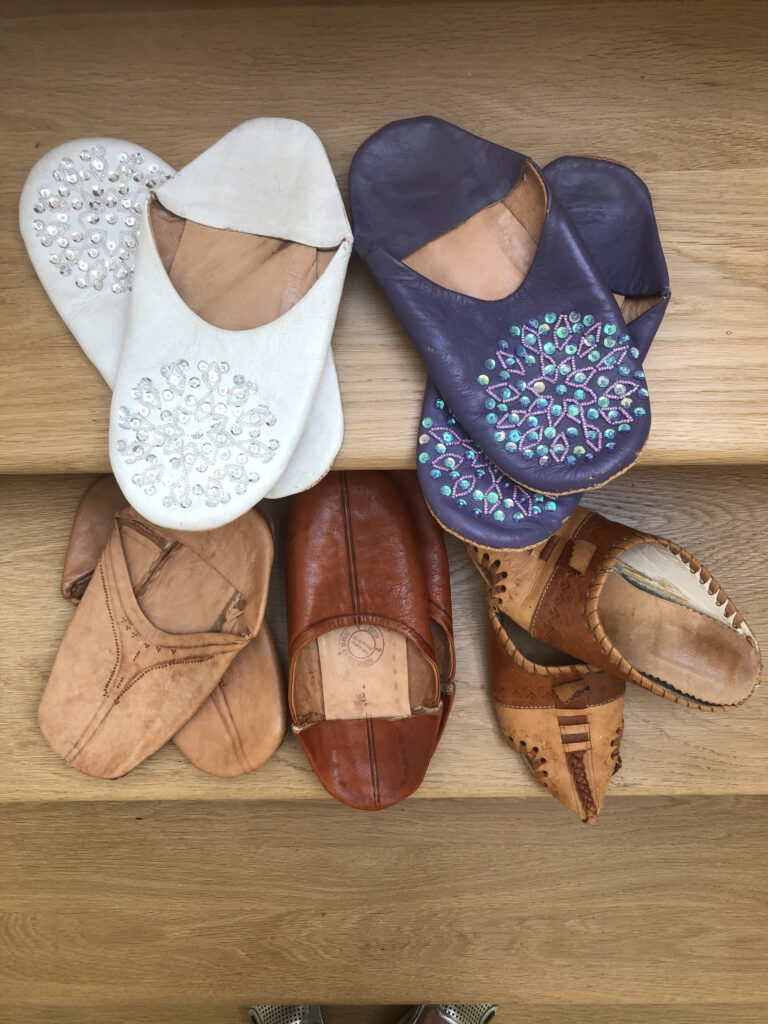When in Morocco, buy all you can afford and take it home or ship it. If designers are fond of Morocco, it’s because nothing is mass-produced there. Besides personalizing your home decor with antiques or modern, trendy items, you will support traditional skills.
The Kingdom of Morocco protects its traditions—under the Ministry of Tourism, Air Transport, Handicrafts, and Social Economy—by training new generations of craftsmen and facilitating the exposure of their work to market. New or vintage, products show Moroccan artisans’ pride in their skills.
Tips
If you aren’t up to the hustling and haggling of the souks, Moroccan stores will ship directly to you. Keep in mind that packaging for individual overseas shipments is costly, and depending on the destination, clearing customs can be complicated. Another option is to buy from online retailers specializing in authentic Moroccan wares.
Note that there is a free trade agreement between the US and Morocco. As a result, Morocco caters to American buyers.
If you are visiting Morocco while on vacation in Spain, my experience is that the customs officers are mostly interested in uncovering traffickers of illegal goods.
What’s What
There are eight major handicrafts in Morocco—pottery, leather, textiles, jewelry, wood, metal, basket weaving, and wellness products, each with several specializations. For more information by region, click here.
For example, ‘Morocco leather’ owes its appellation to the traditional, labor-intensive work of the tanners to achieve softness and pliability. The leather is cut, embroidered, embossed, excised, or gilded, each craft requiring specific skills and tools. The most remarkable work is on the saddles and harnesses of the horses seen in a fantasia, a cavalry charge performance for celebrations. The leather is adorned with cut motifs combined with embroideries—in silk, silver, and gold.
In brief, lambskin is for clothes, cowhide for luggage, goatskin for poufs and bookbinding. As for camel hide, it’s not as abundant and therefore expensive—besides holding on to that animal smell. Some stores sell modernized styles of leather shoes, bags, and belts in bold colors.
Another specialty of Moroccan craft is woodwork—from cedar. More affordable is its thuja relative, as well as olive wood. Game sets (such as chess) and occasional boxes are among those wood products.
Wellness products—herbalism, health and care, and natural cosmetics—are made from local ingredients grown organically. Berber pharmacies might look like spice shops, but they also sell compounded products to enhance health, if not cure ailments. Always check with your physician first.
Refined Moroccan spa products are readily available in the US. When visiting friends in Calabasas, I encountered the fragrant Ourika Soap stand at the farmer’s market. Moroccan-born, Sophie Wizmann was raised in France and Canada, and since we had these countries in common, we chatted. She imports the ingredients from the Berber growers of the Atlas Mountains and creates her eco-friendly wellness treats from her home in the Los Angeles Hills. I discovered that her all-natural, cold saponified soaps last longer, besides soothing me clean without drying my skin.
A few examples of Moroccan craft:
- Beadwork (Photo MCArnott)
- Bookbinding (Photo MCArnott)
- Lanterns, sconces, and glasswork (Photo MCArnott)
- Leatherwork (Photo MCArnott)
- Mirrors and intricate inlay work (Photo MCArnott)
- Wedding gift boxes Made in Morocco (Photo MCArnott)
- Spices and natural products Photo MCArnott)
- Plasterwork (Photo MCArnott)
- Woodwork (Photo MCArnott).
- Zellige tiles (Photo MCArnott)
- Textiles, Pompom Blankets (Photo MCArnott)
- Berber-sourced natural soaps (Courtesy Ourika Soap)
Below are a few of my favorite Moroccan things. I could write a story about each of them. The multicolored lantern on the high staircase ceiling was true vintage and the first to take a bath in our new guest suite. As for the leather babouches—slip-ons—I couldn’t part with the last and worn-out pair with intricate leather work. They now look like an interesting vintage item, and yet they were new… not that many years ago!
- Occasional bowls (Photo MCArnott)
- Vintage stained-glass lantern (Photo MCArnott)
- Entry table with zellige top and glazed Jar (Photo MCArnott)
- Metal lamps and ceramic dish (Photo MCArnott)
- Berber jewelry box (Photo MCArnott)
- My collection of babouches (MCArnott)
More stories about Morocco:
Morocco-Vintage Textiles and Jewelry


